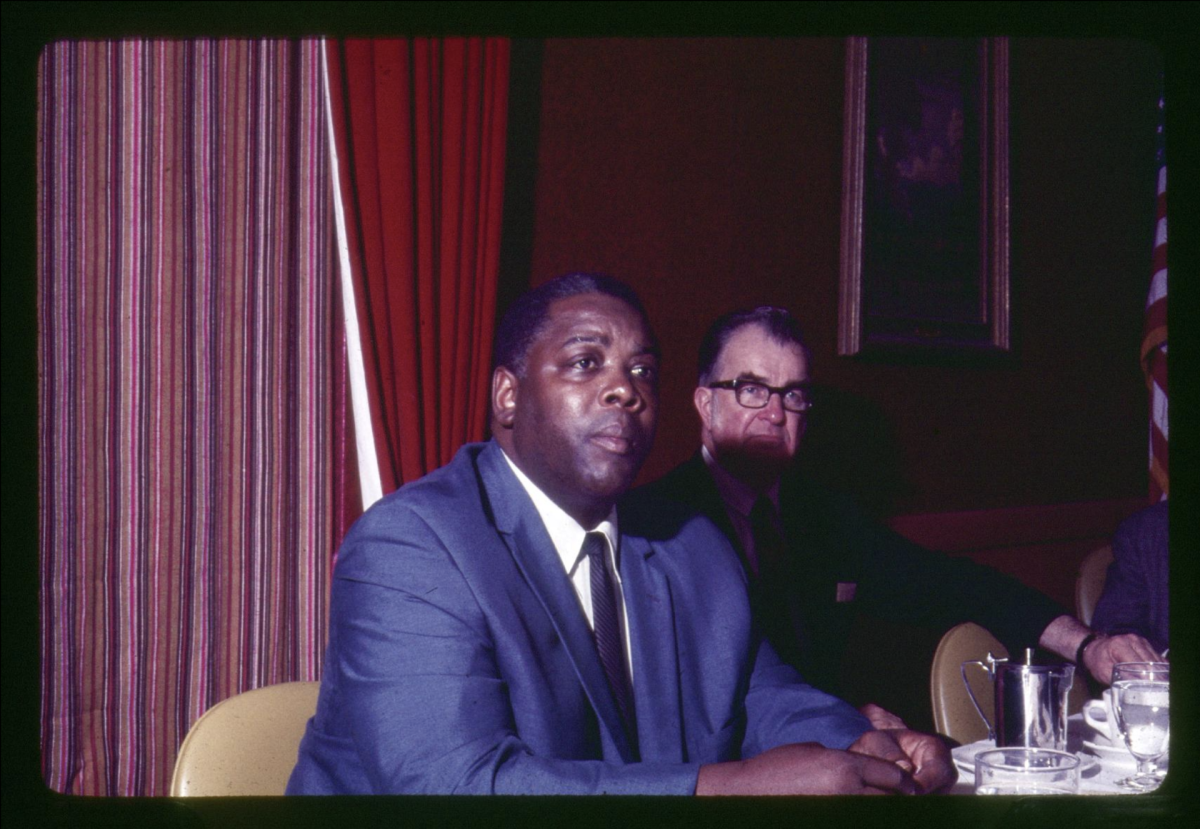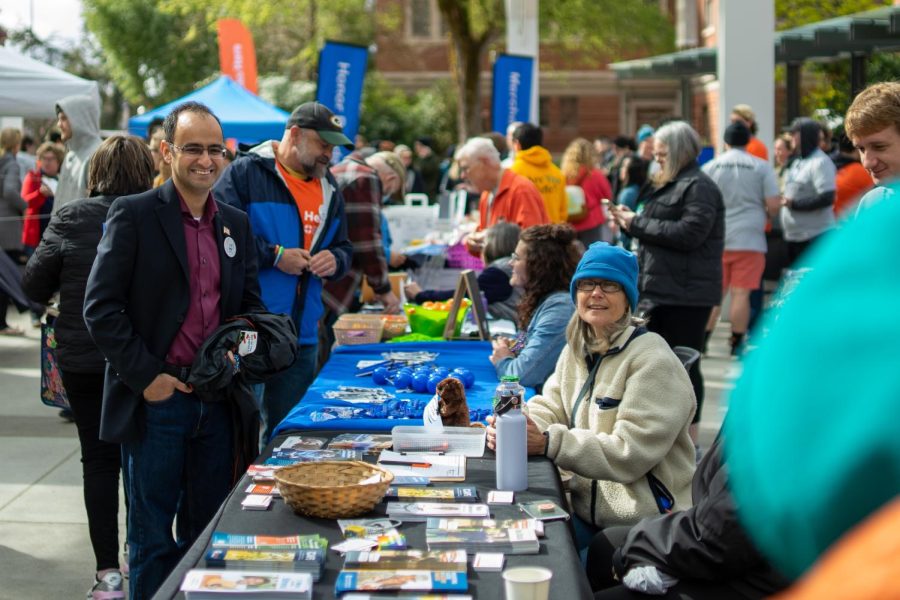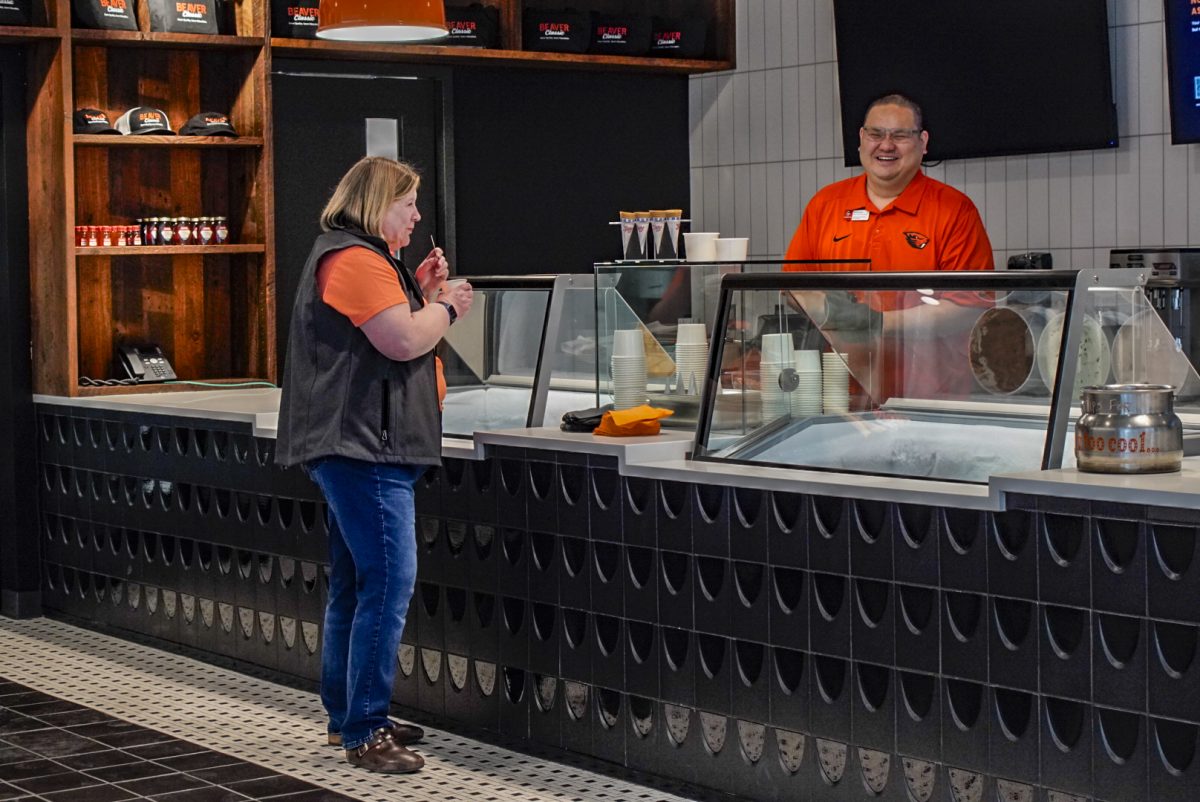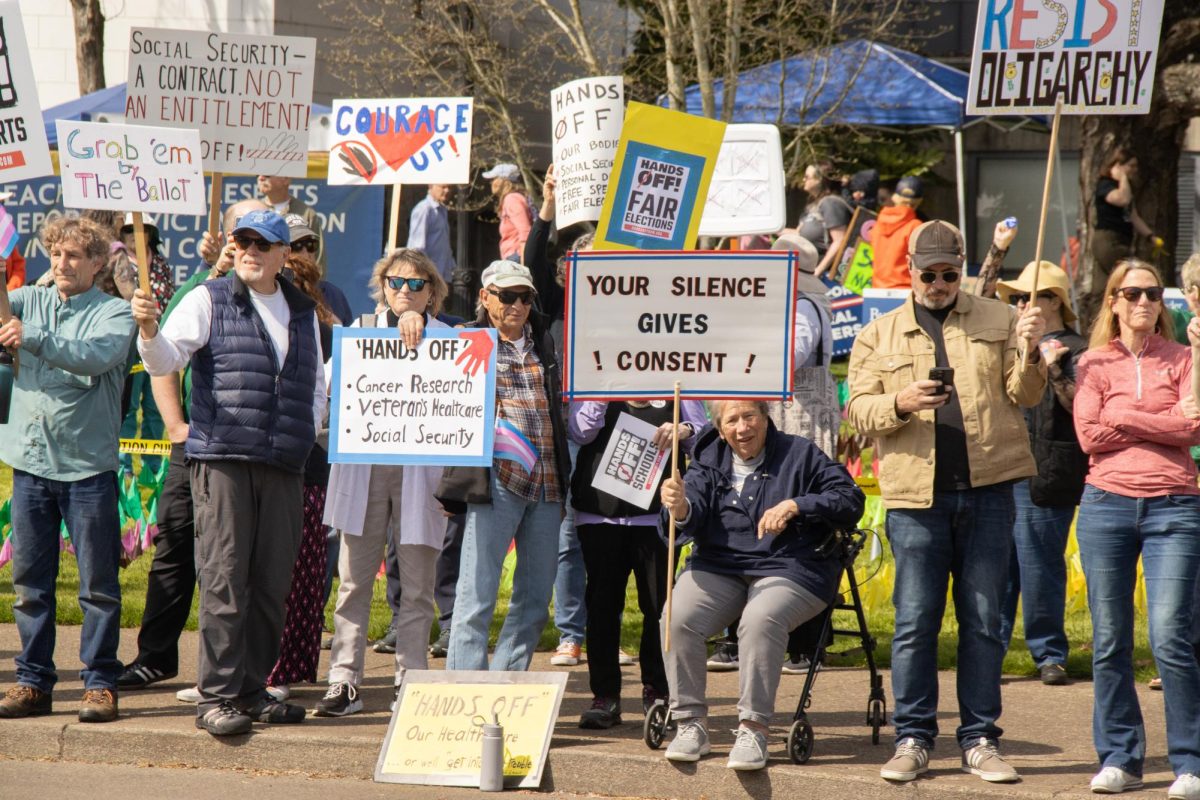The raging wildfires on Maui dropped a heavy weight of panic and uncertainty across the islands of Hawaii with displacement, destruction of homes, history and wildlife.
These are the sentiments of Shyanti Franco, a recent Oregon State University graduate and resident of Kihei, Maui.
Since the wildfire burned the historic town of Lahaina, Franco and her family have been working to keep their family members together and safe while also donating their time to help in temporary shelters on Maui.
“Everyone in Lahaina has lost everything,” Franco said. “They’re starting from scratch.”
As Franco and her family have seen the impact these fires have caused, she hopes those looking to help from afar are aware of what is most important for the people of Maui right now.
“Just because you wanna get a tan or you wanna take some cute Instagram pics, that is not the most important thing right now… whatever (you) believe in, please, please send your thoughts this way.”
The exact cause for the wildfires has yet to be determined, according to CBS, but the environmental conditions in Maui are what made them become catastrophic, scientists believe.
At the time the wildfires broke out, much of the state was under a red flag warning for high fire danger with drought conditions.
“When it’s warmer, there’s more evaporation and thus the soil moisture is drawn out and the plants get dryer and the fuel (flammable dead vegetation) that is already on the ground becomes drier too,” said Andreas Schmittner, a professor in the college of earth, ocean and atmospheric sciences.
According to Schmittner, these conditions can result in more intense fires.
High winds from nearby Hurricane Dora additionally led to its intensification through stoking the fires, according to CBS.
“That fire can, of course, spread very quickly under those windy conditions … once the wind kicks in, the rate of spread is just so much that it’s hard for firefighters to do anything at all,” said Christopher Adlam, a regional wildland fire specialist with the OSU Extension service.
With high winds and hot, dry conditions, the fire was able to spread quickly, especially due to the presence of nonnative, flammable guinea grass and buffelgrass, according to the New York Times.
“In terms of fire behaviors (grasses) can spread fire very fast, particularly under windy conditions … if the humidity is low, then it’ll just very quickly suck moisture out of those fine grasses,” Adlam said.
They have taken over the island and now cover 25% of the island, according to the Pacific Fire Exchange.
“The grass is just all the way up to these developments, all the way up to the urban area,” Adlam said. “There’s no buffer whatsoever between that fuel and those urban areas.”
According to Chara Kekona, an OSU alumni who was born and raised on Oahu and is part Native Hawaiian, said these droughts on the island aren’t new.
Kekona said these conditions have been exacerbated by efforts to keep tourist areas green while taking away the valuable resources from locals and natives on the islands.
“People say ‘tourism isn’t bad for Hawaii, tourism is what makes Hawaii run,’ but then you look at these situations and the amount of people who we need to share our resources with now because they’re in our land while this happens,” Kekona said.
While most people think of Hawaii as a lush, green paradise, the islands are experiencing increasing wildfire incidences.
According to the Pacific Fire Exchange, an organization co-led by the Hawaii Wildfire Management Organization and the University of Hawaii at Manoa that aims to improve wildfire outcomes, the average area burned in Hawaii has increased 400% over the last century.
Historically, the colonization that dismantled the Kingdom of Hawaii brought forth the large-scale sugarcane and pineapple plantations. These plantations diverted water that drained wetlands and replaced native vegetation.
Once these crops no longer proved profitable, the plantations were abandoned, with the last sugarcane plantation in Maui closing in 2016, according to the New York Times. The plantation’s crops were replaced with the nonnative and invasive guinea grass and buffelgrass.
“Over time, this became less economical and those plantations were abandoned and replaced with invasive grasses, which are typically unmanaged in that there’s no grazing; there’s nothing done to limit those grasses,” Adlam said.
The high flammability of these grasses is made worse when coupled with drought conditions – intensified by climate change – and water diversion from past plantations.
Over the last 30 years, the islands have seen a significant decrease in precipitation, and currently 83% of Maui is experiencing abnormally dry or moderate to severe drought conditions.
“We have these indigenous populations that in the past, managed their landscapes in a certain way to create resilience and that was interrupted by colonization and now they’re bearing the brunt of these changes in our landscapes and in our climate,” Adlam said. “That’s just something that we need to keep in the forefront.”
According to Kekona, Lahaina was one of the original capitals of the Hawaiian Kingdom and is the resting place of many royals and special individuals of Hawaiian history.
Kekona said it’s important that as Lahaina rebuilds, the bones of the royals who rested there remain in their places in the town.
“What I really hope for in their rebuild is that businessmen and corporations and foreigners don’t take advantage of the families that have lost everything there, because it wouldn’t be the first time that something like that has happened,” Kekona said.
According to Franco, it’s important to research where to donate, as some have made scams to profit off of the tragedy.
Some donation sites have even turned people away for not being in “immediate need”.
For those looking to donate, visit the Maui Strong Fund through the Hawai’i Community Foundation.
“Show Hawaii how much you love Hawaii by letting them breathe and recover and give them time to heal both physically, while our land heals, and emotionally and spiritually,” Kekona said.



















































































![Newspaper clipping from February 25, 1970 in the Daily Barometer showing an article written by Bob Allen, past Barometer Editor. This article was written to spotlight both the student body’s lack of participation with student government at the time in conjunction with their class representatives response. [It’s important to note ASOSU was not structured identically to today’s standards, likely having a president on behalf of each class work together as one entity as opposed to one president representing all classes.]](https://dailybaro.orangemedianetwork.com/wp-content/uploads/2025/03/Screenshot-2025-03-12-1.00.42-PM-e1741811160853.png)



























